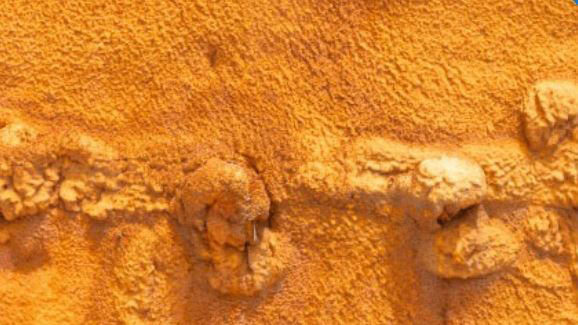Dear David: We built our home in 1971. A few years later, we had urea formaldehyde foam insulation (UFFI) installed through a government program. I have no plans to leave this house, but given my age, I want to keep my affairs in order. Is there anything I should tell my grown kids about UFFI? – PLAYING IT SAFE
DEAR SAFE: Urea Formaldehyde Foam Insulation (UFFI) is a low-density foam insulation designed for hard-to-reach spaces. It was popularized during the 1970s energy crisis, as part of a government subsidized program. Its foamy consistency allows UFFI to be blown into small areas, where it dries to a hard finish.
The use of UFFI was discontinued in Canada in 1980 due to health concerns. It has carried a stigma in the housing market ever since.
UFFI releases a small quantity of formaldehyde gas as it cures, as do many common products that contain formaldehyde. The off-gassing is thought to last only a short time and has not been proven to present a long-term danger.
Forty years after UFFI hit the headlines, the use of formaldehyde in household products is incredibly widespread. So much so, that homes with UFFI tend to register the same air quality readings as those without. Formaldehyde is a common ingredient in paints, resins, adhesives, particle board, paneling and new carpet. It’s in every piece of inexpensive particle board furniture. It’s what gives brand new vehicles that distinctive “new car” smell.
If you’re concerned about having UFFI in your home, you can perform a Draeger test, which is the gold standard in air quality testing. Over the course of my real estate career, I’ve never seen a house with UFFI produce a significant Draeger test result. One tester told me it’s been years since he’s seen a home produce any kind of significant formaldehyde reading.
A Draeger test will set you back about $400 and won’t be useful when it comes time to sell. A test done today will give you today’s results. If a future buyer wants reliable results when they purchase the home, they’ll need to do their own test in real time.
UFFI is no longer considered a safety issue, but you should make your children aware of it. It’s not mandatory to declare UFFI in an MLS listing these days, but every standard Agreement of Purchase and Sale contains a clause to address it. The presence of UFFI needs to be acknowledged and disclosed in an agreement even though it’s not a health concern.
PRO TIP: While I doubt the presence of UFFI would have any significant impact on value of your home, I have heard of deals unwinding in cases where the seller had second thoughts and wanted to use a lack of disclosure to justify breaking the contract. You can disclose UFFI by acknowledging its presence in the “Schedule A” of your offer, or by simply crossing out and initialing clause 23 in the standard Agreement of Purchase and Sale.
David is obsessed with client success and helping people get the most from their largest investment. Moving? Get it right. Ask David. Call or text 519-577-1212.











